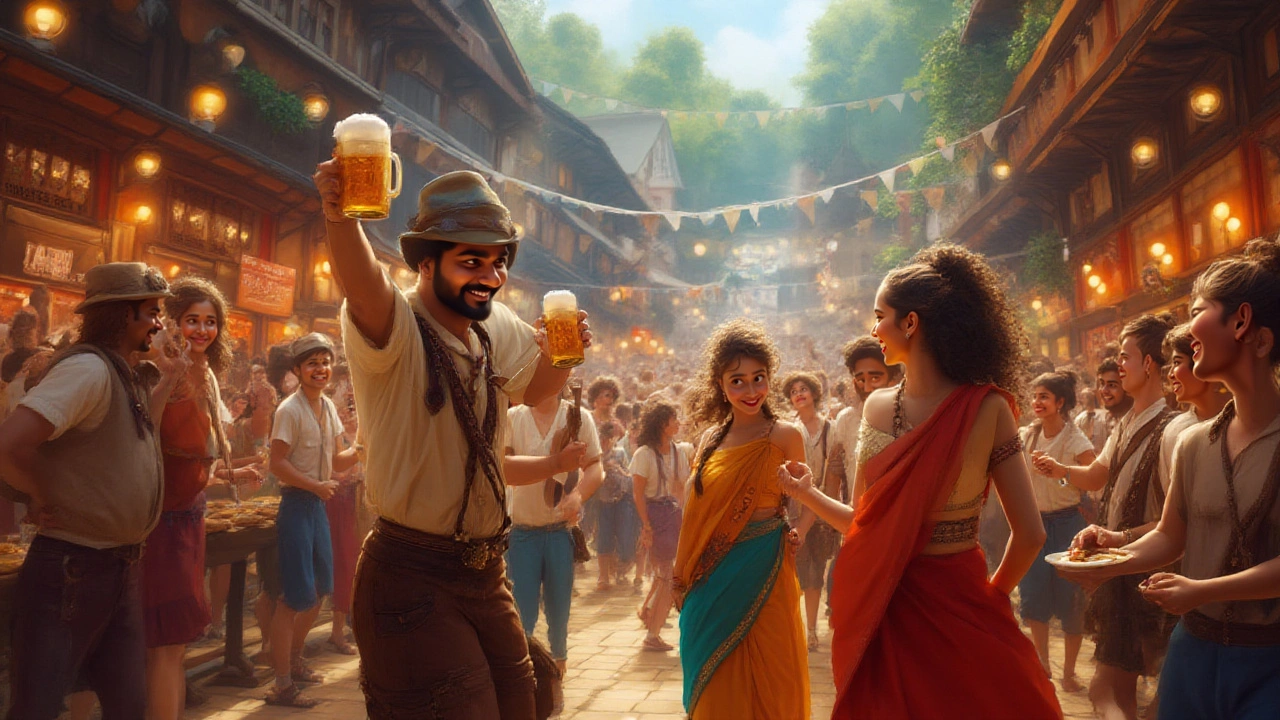
Imagine thousands of people squeezing onto wooden benches, steins as big as your head clinking together, but this isn't Oktoberfest. It’s Starkbierfest, Munich’s "Strong Beer Festival," which holds an almost cult-like following among locals but flies under the radar for most outsiders. When people dream of huge beer festivals, Oktoberfest hogs the spotlight. It’s all over your social feed every fall—lederhosen, dirndls, packed tents. So here's the curveball: Munich actually hosts another spectacular beer fest that’s even older, a bit wilder, and seriously underrated. Welcome to the world of Starkbierfest, the second largest beer festival on the planet.
The Origins and History of Starkbierfest
Starkbierfest, meaning “strong beer festival,” might surprise you with its roots stretching all the way to the mid-17th century. Picture Munich in the year 1651: the Paulaner monks, based at the Nockherberg monastery, were brewing something extra special. During Lent, they whipped up a super-strong, malty beer called Salvator so they could get through their fasting period without totally giving up on calories or flavor. The beer had so much body (and booze) that it was nicknamed "liquid bread." This started as a monastic trick but quickly became a tradition—every spring, when the city was still shaking off the winter chill, the locals broke out the big beers in celebration. By the 1700s, the public was in the action, and Starkbierfest was already established in Munich culture, predating Oktoberfest (first held in 1810) by more than 150 years. Pretty wild, right?
One fun tidbit: the festival reflects old Bavarian humor—monks sidestepping fasting rules by brewing beer potent enough to count as food. Over the centuries, this tradition stuck. Though it started at Paulaner, the festival widened out. Now, all the classic Munich breweries like Löwenbräu, Augustiner, and Hofbräu participate, each crafting their own strong seasonal brews—typically in the 7% to 9% ABV range. And Starkbier? Yep, it’s not actually a brand, but a whole beer style: rich, caramel-hued, and shockingly drinkable for something that packs such a punch!
The festival's star, Paulaner Salvator, sets the tone: massive foam heads, bready malt, and just a hint of sweetness. “Salvator” started the tradition, but now you’ll see Doppelbocks everywhere. These aren’t your lawn-mowing lagers—they’re malty, warming, and get you tipsy faster than you planned. The Bavarians love puns, so most breweries give their Starkbier names ending in "-ator"—Maximator, Triumphator, Animator. Old monks would be proud, or maybe just a little hungover.
How Starkbierfest Compares To Oktoberfest
Now, about the numbers. Oktoberfest hosts about six million people every autumn, making it the king of all beer festivals. Starkbierfest is smaller, but don’t let that fool you. It regularly pulls upwards of 200,000 devoted fans each year; these stats keep it ranked as the solid number two globally. Starkbierfest even rivals Oktoberfest in sheer beer consumption per guest, thanks to those potent brews. This isn’t a beer garden with pretzels and polka—people come for deep mugs, hearty Bavarian food, and party vibes that often last longer into the night than at the famous tents of Theresienwiese.
| Beer Festival | Country | Founded | Annual Visitors | Average Beer ABV (%) |
|---|---|---|---|---|
| Oktoberfest | Germany | 1810 | 6,000,000+ | 5-6% |
| Starkbierfest | Germany | 1651 | 200,000+ | 7-9% |
| Great British Beer Festival | UK | 1977 | 35,000+ | 3-7% |
| Qingdao Beer Festival | China | 1991 | 100,000+ | 3-5% |
What makes Starkbierfest truly interesting is the crowd and culture. Oktoberfest gets international attention and draws visitors from every corner of the planet. At Starkbierfest? It's truly for the locals. The vibe is friendlier, looser, and a lot less commercial. If Oktoberfest feels like Disneyland for beer, Starkbierfest is your crazy friend’s kitchen party. Instead of hordes of tourists and corporate beer halls, you’ll find generations of friends—Omas, college students, and blue-collar workers—dancing on benches, savoring pork knuckles, and belting out Bavarian hits.
Another key difference: the timing. Whereas Oktoberfest happens in late September/early October, Starkbierfest usually kicks off during Lent (late February through March). It’s a brilliant way for Munich locals to break up the end-of-winter gloom. Want insider info? Tickets for the best tables are usually snapped up months early, and beer halls fill faster than you’d expect. Given the high alcohol content, pace yourself—many a tourist has underestimated these brews, especially with the jovial crowd egging you on.
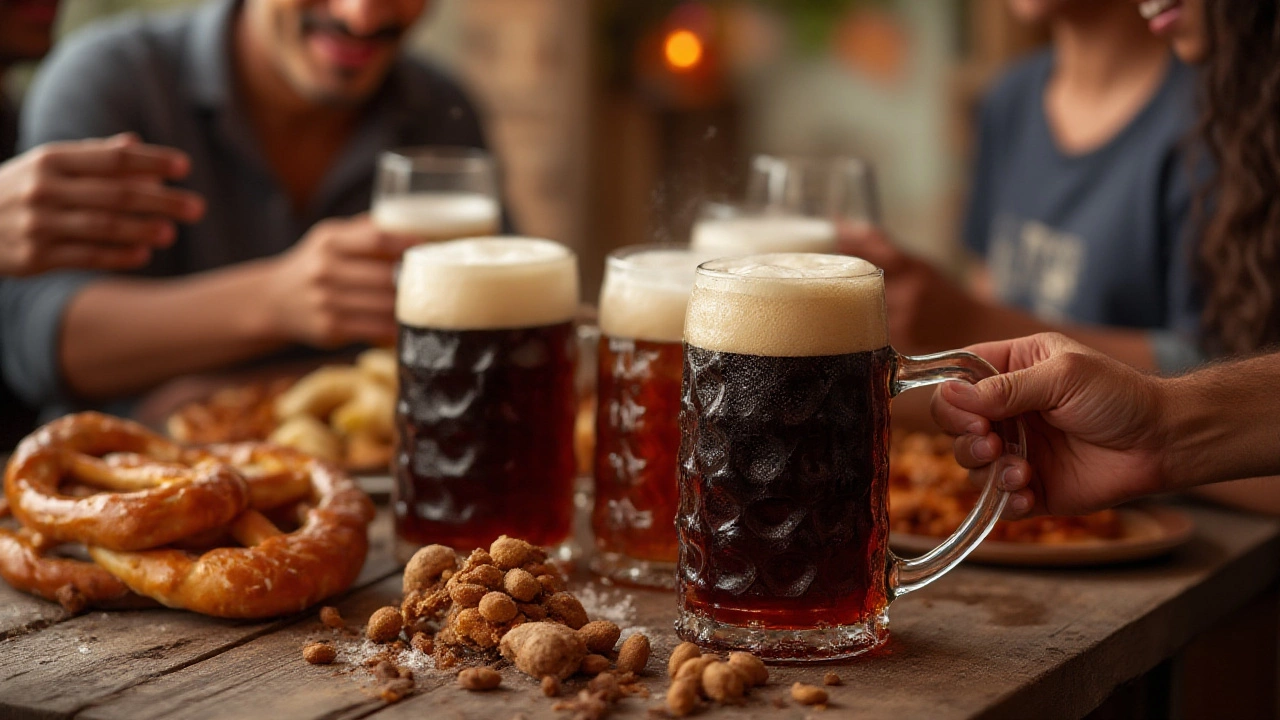
What To Expect At Starkbierfest: The Experience
If you’ve only seen beer festivals in movies or in shiny travel shows, Starkbierfest will catch you off-guard. It’s as traditional as a Bavarian party gets, minus the crowds of selfie-stick-wielding visitors. Picture long tables in atmospheric beer halls like Paulaner Bräuhaus or Löwenbräukeller, overloaded with locals decked out in authentic lederhosen and dirndls (not just the tourist kind you hire for photos). The bands are loud, the food is richer—pork roast, sausages, knödel (dumplings), and plenty of sauerkraut. And of course, the beer flows by the liter.
Table service is quick and friendly, though don’t expect complicated cocktail menus—your choices come down to strong beer… or even stronger beer. Depending on the hall, opening ceremonies are tradition-packed affairs. At Paulaner’s Nockherberg, the festival starts with hilarious political satire called "Derblecken" where comedians roast Munich and German politicians—a must-see if you understand a bit of German.
The crowd is all about socializing. You'll see strangers sharing stories, arm-in-arm singing, and celebrations that run deep into the night. The music? Not just oompah bands, but covers of pop hits, German rock, and anything that gets a crowd going. Dance on benches (just don’t fall), join in a polka round, or start up “Ein Prosit” with your table neighbors.
If you want proof that Starkbierfest is about community, look to its longevity. Compared to Oktoberfest, tickets are cheaper, security is more relaxed, and the staff genuinely appreciate visitors who show respect for local customs. Tipping your server is appreciated, and learning a few words of Bavarian German ("Servus!" for hello, "Prost!" for cheers) earns major points. Starkbierfest regulars will usually welcome newcomers who embrace the spirit of the party without acting like stereotypical tourists.
One very practical note: these beers hit hard. Doppelbocks are famously sneaky, and after two or three Maß (1-liter steins), you’ll be glad you lined your stomach with pork or käsespätzle. Water is rarely served automatically—be proactive and ask. Hydrate regularly, pencil in food breaks, and take your time; nobody will judge you for sipping. Uber and taxis are everywhere in Munich.. If you overdo it, don’t struggle home—use public transit or a taxi. Legally speaking, Germany has strict DUI laws and regular police checks near major festivals.
Starkbierfest Around the World & Tips For Visitors
Did you know Starkbierfest inspired spin-offs outside of Munich? Cities with strong German heritage have started their own winter “strong beer” parties—in the US, look for smaller Starkbierfest events in places like Milwaukee or Cincinnati, but the original in Munich remains unbeatable for size and authenticity. If you’re planning a trip, book accommodations well ahead, as the festival is popular with in-the-know travelers. Munich in early spring offers better hotel prices than September, and restaurants run hearty Starkbier menus all through Lent.
Want to blend in, not stand out? Ditch the rental lederhosen unless you’re investing in a quality pair. Instead, lean into Bavarian food, songs, and customs. Try brews from several tents—each brewery’s take on doppelbock has its own character. If you love collecting souvenirs, breweries release festival mugs and commemorative steins unique to each year. Don't get caught up photographing every moment; the best memories at Starkbierfest are made sitting at the table, swapping stories, and laughing at your less-sober neighbors’ wild stories.
Here’s one expert tip: Don’t try to do the entire festival in one night. If you can stretch your visit over a few days, reserve a different hall each night. After all, each brewery has its own crowd and traditions—you might catch folk dancers at Paulaner, comedy at Augustiner, or rowdy student music at Hofbräu. Reach out to the brewery websites for early reservation links or hunt local ticketing platforms that open between December and January for bookings.
Remember, Starkbierfest isn’t just about the beer. This is a citywide excuse to get together, forget the cold, and strengthen social ties. Tourists who approach it with respect and curiosity often leave with new friends and stories to share. You might get invited to a local afterparty or discover Munich’s best kept drinking secrets. Even if you struggle with German, you’ll be surprised how universal the language of music, laughter, and toasting becomes after a few strong brews.
So, if you want to dodge October’s tourist avalanche, taste the strongest beer styles in Munich’s historic beer halls, and get a true sense of Bavarian celebration, there’s only one answer—head for Starkbierfest. After all, anyone can say they’ve done Oktoberfest. Not everyone can say they’ve conquered Germany’s strongest beer party, shoulder to shoulder with the locals.
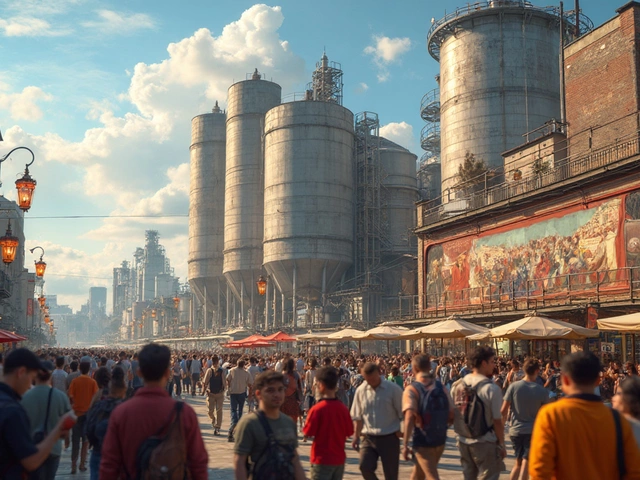
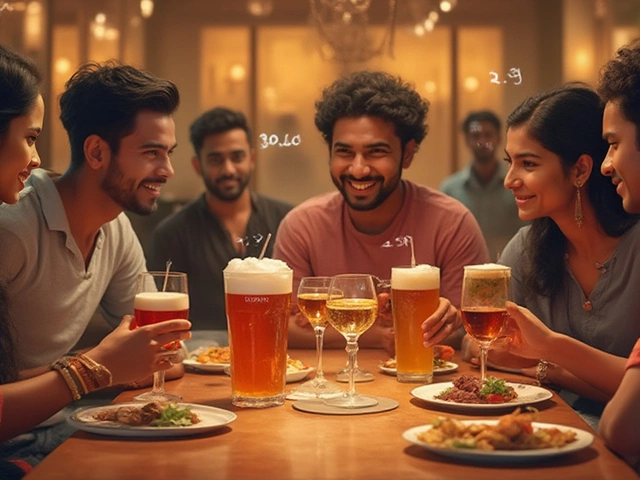
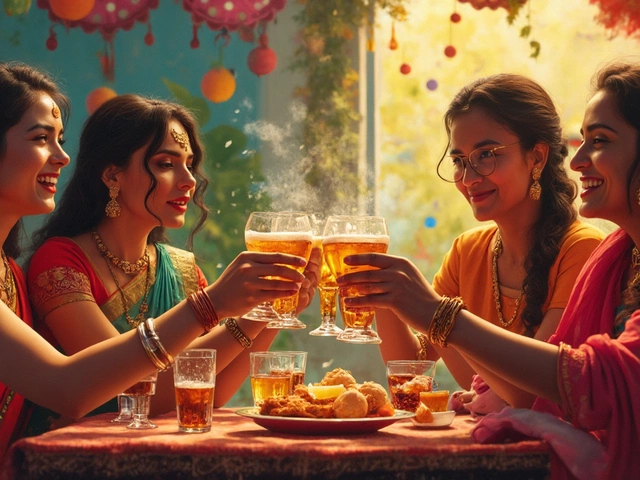
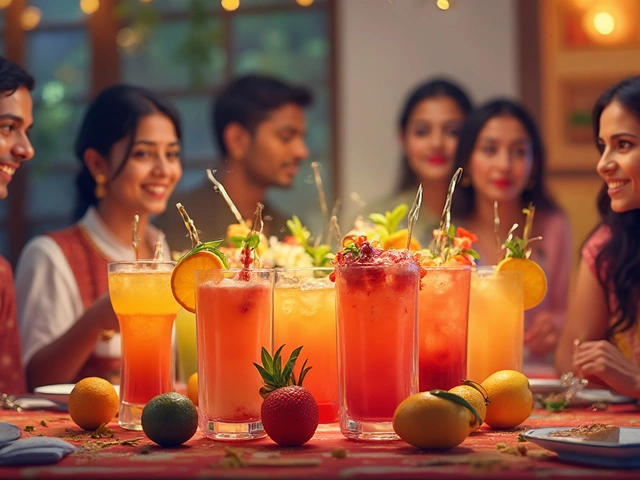
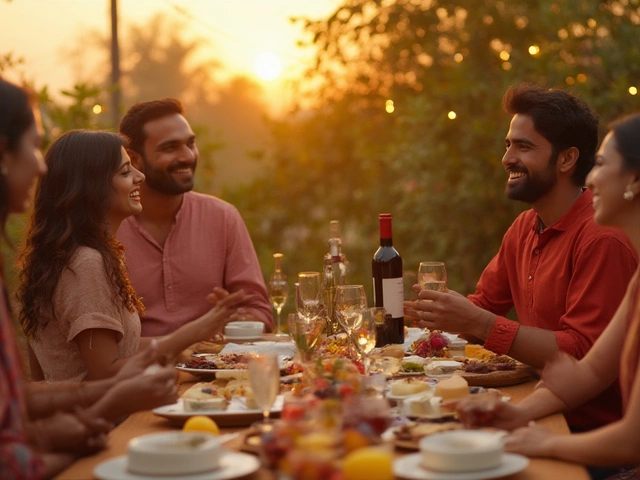
Categories